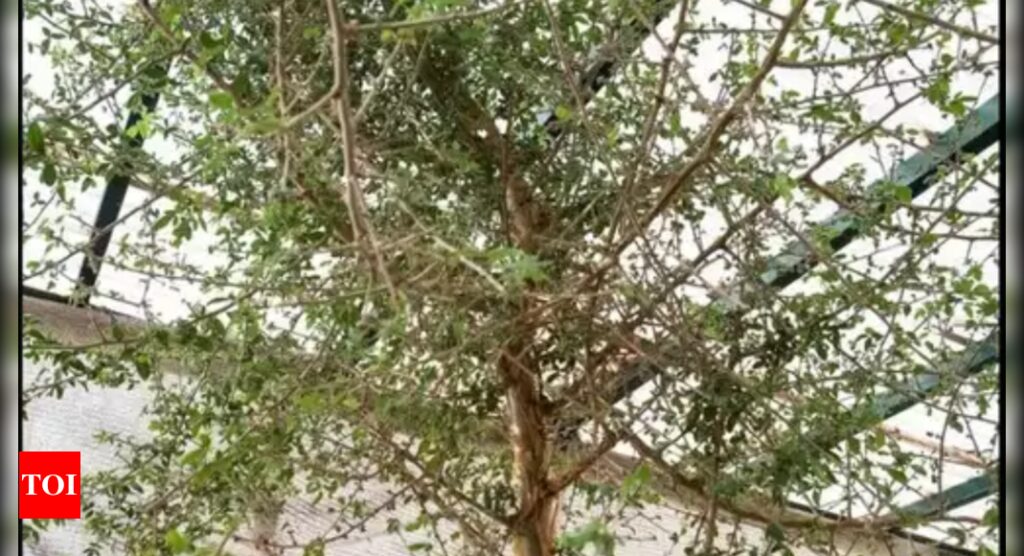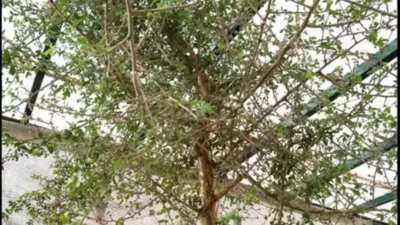

Archaeologists in the 1980s discovered a pristine 1,000-year-old seed in a cave located in the Judean desert that has sparked scientific curiosity as the seed has grown into 10-foot (3 meters) tall tree named “Sheba,” which is believed to be part of a now-extinct lineage of trees mentioned in the Bible.
The researchers planted the seed in 2010, and were astonished to see a tiny shoot emerge just five weeks later.They successfully dated a fragment of the shoot, confirming its ancient origins and the tree has since thrived, though it has never flowered or borne fruit.
Dr Sarah Sallon, the founder of the Louis L. Borick Natural Medicine Research Center in Jerusalem, oversaw the planting of the seed approximately twelve years ago, hoping it would successfully grow.
Dr Sallon had a suspicion based on her historical investigations that a particular tree could be the origin of a priced resin known as “Judean Balsam” or “Balm of Gilead,” which is mentioned in ancient texts from the area, including the Bible. This fragrant resin were harvested to create a perfume that was traded globally during that period.
“We planted it in 2010 (and) it’s now 2024. Why did we wait so long (to publish the research)? Because I wanted to make sure that it wasn’t the Judean Balsam. And how would I definitively know that? By smelling it,” Sallon said, CNN reported.
The test results identified the “mystery tree” as belonging to the Commiphora genus, which is part of the myrrh family.
Myrrh is primarily recognized in modern times for its role in the biblical story of the three wise men presenting gifts at the birth of Jesus.
Although the researchers are uncertain about the precise origins, they suggest that their ancient seed could be the source of a medicinal extract historically linked to the era and referenced in the Bible as “tsori.”
The findings related to this leafy discovery were published in the journal Communications Biology last month.



